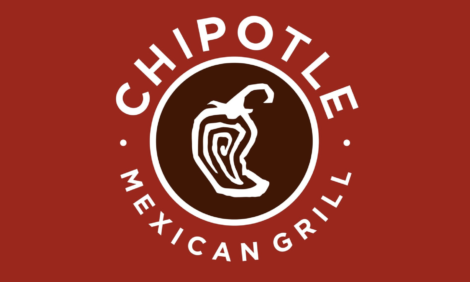



PIC Profit Equation
EU - Pig producers across European Union and beyond will remember the 24 months of 2007 and 2008 as a sharp adjustment to a change in market conditions. The combination of weakening slaughter prices with dramatic in-creases in the cost of feed reduced their margins by €25 per 100 kg of pig carcase. The following EU Pig Management Committee slide illustrates this all too well, additionally 2008 data is shown on monthly basis.Today, as another 'pig cycle' nears its end, the slow down of the 'global economy' threatens to reduce the con-sumption of pork, potentially delaying a speedy recovery of slaughter prices and threatens business viability. To get through these difficulties, producers need to overcome their weaknesses, use their strengths and carefully consider existing opportunities.

Not all producers are able to evaluate their own efficiency to the point of knowing the €/ pig benefit due to a change in value of a Key Performance Indicator (KPI). Also, while the process of pig production can be measured by many KPIs, most producers remain focused on just a few, headline KPIs or traits like litter size or lean meat content and are unable to conduct a more complete evaluation of their business.
The profitability of pig production is decided by market and environmental conditions as well as by the quality of management and the underlying genetic potential of the animals. As knowledge and the ability to apply the science for the purpose of genetic improvement increases, it remains crucial to maintain focus on all the KPIs valuable to producers.
Much of Pig Improvement Company's work involves communication with producers about KPIs known as different traits. The process of Genetic Improvement of these traits has to benefit the producer who also needs to appreciate the economic values of the different traits and the change in total farm profitability due to the Genetic Improvement achieved, driving these changes.
The profitability of pig production is the core of PIC's work. Underlying this is the PIC Profit Equation, a mathe-matical model which uses breeding goal traits to calculate profit per pig and the marginal economic value (MEV) of those many different traits. With its beginnings in the 1980s the equation develops in line with PIC's increasing ability to measure, select and improve valuable traits, illustrating the benefit of so called 'lesser secondary traits'. The PIC Profit Equation summarizes a combination of many traits into an easily understood € / pig of profit.
Today, PIC wishes to encourage producers to take advantage of the PIC Profit Equation for their own benefit. In the years ahead, there will be many financial challenges that the pig industry will have to face. An ability to appreciate the value and the economic contribution of the 'lesser secondary traits' will be of great benefit to all.
PIC used the mathematical model from the Profit Equation to create a simple new tool that can be used to ana-lyse farm performance and profitability. For example the value of one per cent higher or lower Nursery Mortality or one per cent higher or lower Pre-weaning survival for an individual farm can be calculated side by side with the value of Daily Gain or Daily Feed Intake. As their Marginal Economic Values are farm specific, this makes the management decisions more targeted.
The national versions of the PIC Profit Equations are available through your PIC technical service teams together with additional information about the work behind the PIC Profit Equation.
- P.W. Knap (1989) Sire line breeding. World Review of Animal Production 25:33-38.
- P.W. Knap (1989) Dam line breeding. World Review of Animal Production 25:59-64.
- P.W. Knap (2005) Breeding robust pigs. Australian Journal of Experimental Agriculture 45:763-774.
- P.W. Knap & L. Wang (2006) Robustness in pigs and what we can learn from other species. 8th World Con-gress on Genetics Applied to Livestock Production, Belo Horizonte, Brazil; 06-01 (6_203-1825).
- P.W. Knap and W.M. Rauw (2008) Robustness. In Resource allocation theory applied to farm animal produc-tion (ed. W.M Rauw), CABI, Wallingford, UK. Pp. 210-229.






